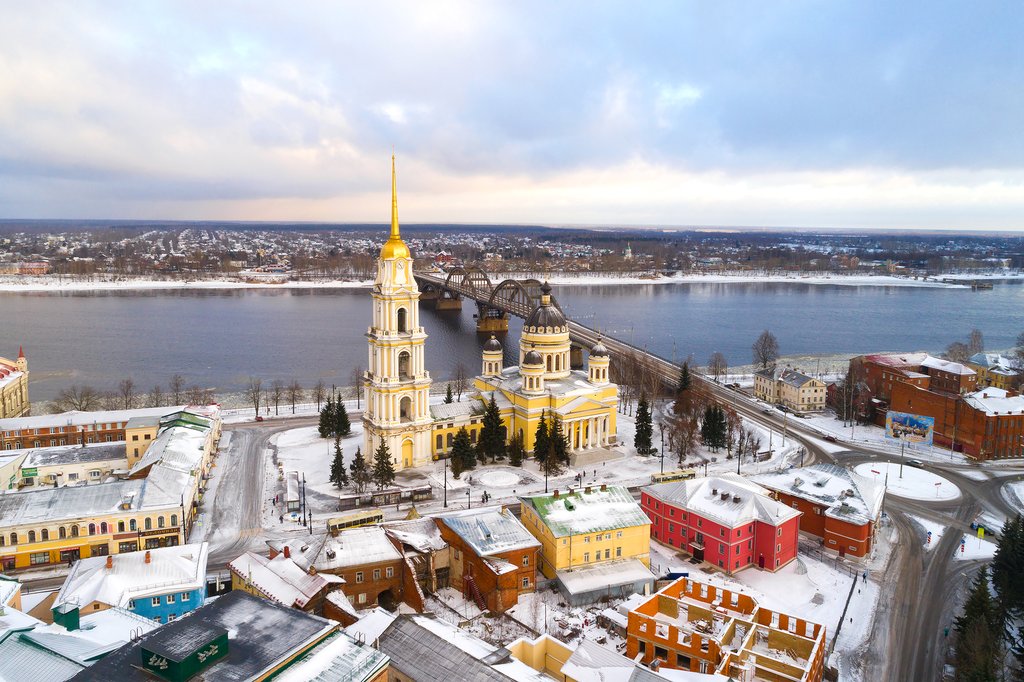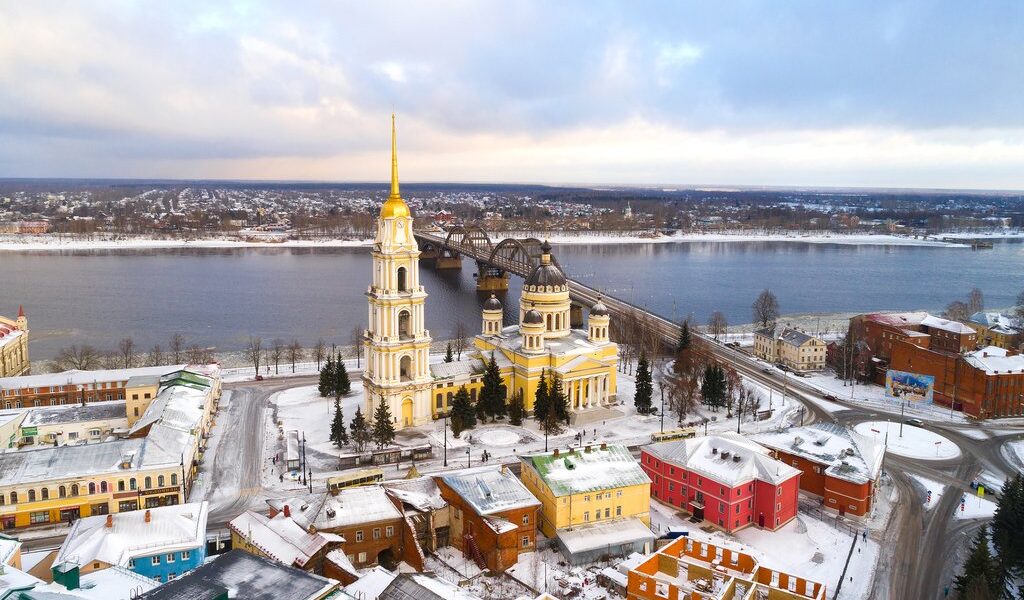
Russia in January might conjure images of extreme cold and snow, and while that image is not false, it doesn’t mean the whole country is a total no-go. By sticking to the major cities in the west visitors can enjoy many cozy indoor activities while gazing out at the snow-sprinkled landscape. Here are some important things to know about traveling to Russia in January.
Russia in January: A Comprehensive Travel Guide
January in Russia presents a unique and often captivating travel experience. However, it’s essential to be well-prepared for the weather conditions that prevail during this time of year. It’s generally accepted that January is the coldest month throughout the country, with December and February offering only marginally warmer temperatures. Alongside the cold, snowfall is extremely common, blanketing cities and landscapes in a picturesque white covering.
In major urban centers like Moscow and St. Petersburg, the average temperature in January hovers around a brisk 23° F (-5° C). Surprisingly, these cities are considered some of the warmest locations within Russia during the winter months. Venturing further into the country, places like Irkutsk, the area surrounding Lake Baikal, Ulan Ude, and the port city of Vladivostok experience significantly colder temperatures, often plummeting far below freezing. While these destinations hold undeniable appeal, it’s generally advisable to postpone a visit to these regions until the warmer months, owing to the challenging weather conditions.
Winter storms can sometimes disrupt travel plans both to and within Russia. To mitigate potential issues arising from weather-related delays, it’s generally recommended that travelers concentrate their itineraries around Moscow and St. Petersburg during a January visit. Limiting travel to these well-connected cities minimizes the risk of being stranded or having travel plans significantly altered due to inclement weather.
For those accustomed to colder climates, such as residents of Northern Europe, the Northern and Midwestern United States, or Canada, the winter chill of Moscow and St. Petersburg may not present a significant challenge. Packing your familiar winter clothing from home will adequately prepare you for the conditions you are likely to encounter. However, if you hail from regions with milder winters, such as Australia, Southern Europe, or the Southern United States, it may be prudent to invest in heavier winter gear, including a warm winter coat, a hat to protect against the cold, and insulated gloves. You will quickly appreciate the practicality and necessity of the fur hat, a traditional and iconic piece of Russian winter attire.
Despite the potential challenges, choosing January for a winter trip to Russia can actually be preferable to traveling later in the season. While January might present the lowest temperatures, by March, the melting snow transforms the landscape into a slushy and often unpleasant environment.
Crowds and Costs in January
January is considered the low season for tourism in Russia. However, the New Year celebrations and Russian Orthodox Christmas, observed on January 7th, do attract a moderate influx of visitors eager to participate in these festive occasions. Outside of Moscow and St. Petersburg, you are far less likely to encounter other tourists, a reflection of the challenges associated with traveling to more remote areas during the winter. As a general rule, prices for accommodation and tours tend to be lower in January compared to peak seasons. Nonetheless, it’s still recommended to book your accommodation well in advance, particularly if your travel dates coincide with the first week of January when demand tends to be higher.
Recommended Destinations
For most travelers, focusing on Moscow and/or St. Petersburg will provide the most enjoyable experience during the depths of winter. These cities boast a wealth of indoor cultural attractions, providing ample opportunity to explore the country’s rich history and artistic heritage without being affected by the outside weather. Moreover, the efficient and extensive metro systems in both cities offer convenient transportation options, minimizing the need to spend extended periods outdoors in the cold.
What to Experience
Consider planning your trip for the earlier part of January to fully immerse yourself in the festive atmosphere that continues even after New Year’s Day. New Year’s Eve is celebrated with traditions similar to those observed globally, but Russian Orthodox Christmas, falling on January 7th, provides a unique cultural experience. The decorated fir trees, often referred to as Christmas trees in the West, are more commonly associated with New Year celebrations in Russia, so you will find many throughout the cities in early January. Furthermore, delightful Christmas markets offering traditional treats and crafts are a common sight in the days leading up to January 7th.
Beyond the festive celebrations, indoor museums and galleries offer a refuge from the cold and a chance to delve into Russia’s artistic and historical treasures. Moscow and St. Petersburg are home to some of the world’s most renowned institutions, including the Hermitage Museum, the Kremlin, the Tretyakov Gallery, and the Pushkin Museum of Fine Arts, each offering a glimpse into the country’s unique heritage. As you navigate these cities, be sure to appreciate the spectacular metro systems, adorned with remarkable public art, making each station a gallery in itself.
Ice skating is a beloved winter pastime in Russia, traditionally enjoyed on frozen rivers and lakes. Specially constructed seasonal ice rinks provide accessible options for both locals and visitors to participate in this quintessential winter activity, and it is also a good form of exercise to keep warm.
January Events
New Year’s Day, observed on January 1st, is a significant winter holiday in Russia, marked by festive celebrations and family gatherings. The “Old New Year,” celebrated on January 14th, also holds cultural significance for many Russians, although it is not a designated national holiday.
Christmas Day, which falls on January 7th, is celebrated according to the Russian Orthodox calendar.
Magic Ice of Siberia Festival, held in Krasnoyarsk, is a renowned national and international ice sculpture festival held annually in this Siberian city. The festival showcases the skill and artistry of ice sculptors from around the world, creating stunning displays of frozen art.
The word count is 951.
B-2221

